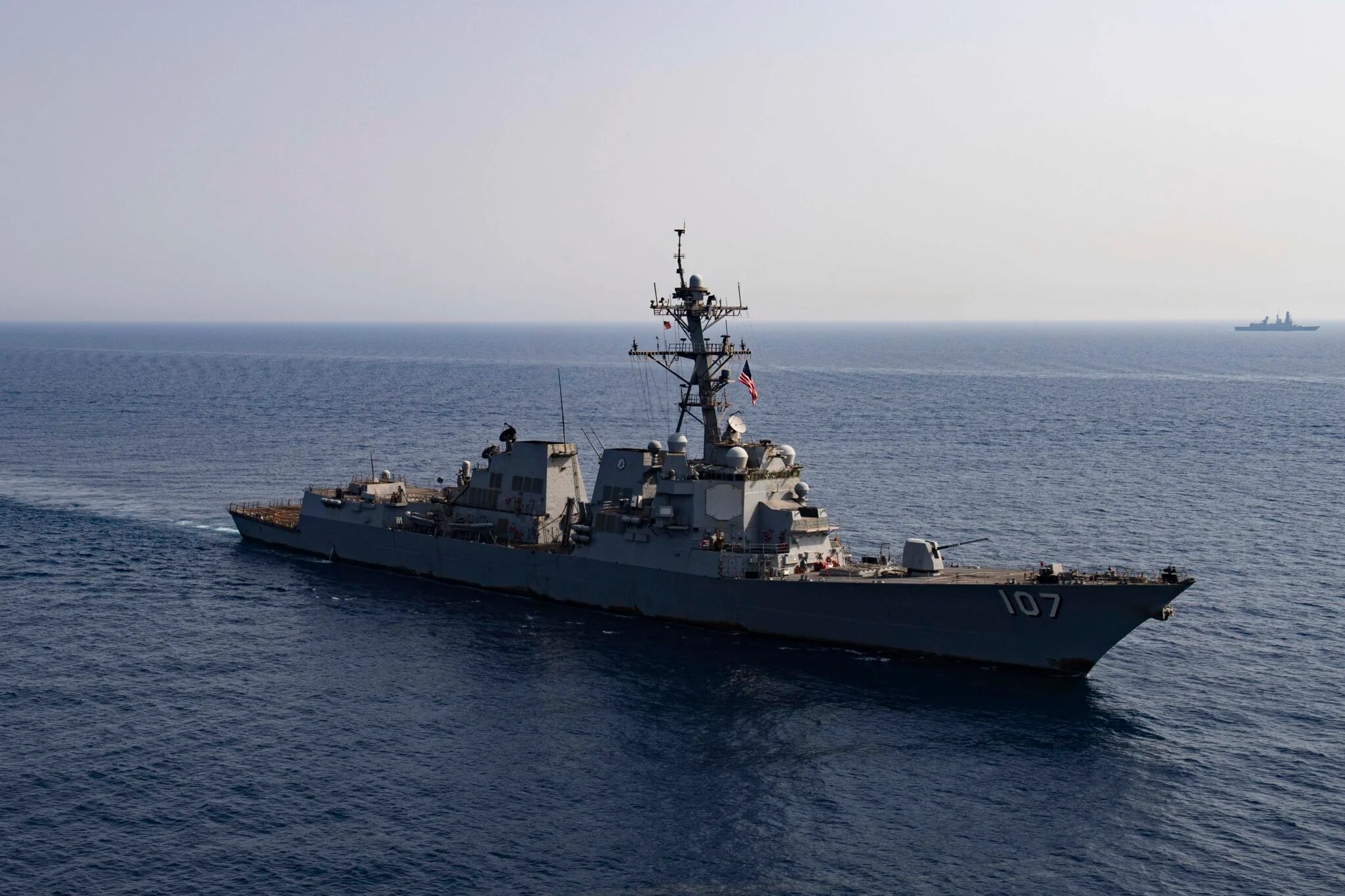USS Gravely
In a move reminiscent of Cold War flexing, the Trump administration has again called on the might of the U.S. Navy to bolster its hardline border and drug policies. This Saturday, the U.S.S. Gravely, armed with a Coast Guard law enforcement detachment, set sail to patrol U.S. waters, with a second warship scheduled to deploy in the Pacific by the end of the week. These deployments mark a continued strategy to use naval strength in domestic law enforcement roles, particularly focusing on drug interdictions and the curtailment of unauthorized border crossings.
Historically, this isn’t the first time U.S. Navy ships have been diverted from traditional roles of wartime aid and sea control to shore up border security and drug interdiction efforts. Since the late 1980s, following the end of surveillance missions against the Soviet fleet, the U.S. Navy has periodically redirected its focus towards the Caribbean and Eastern Pacific to stem the flow of narcotics into the country. More recently, in 2018, the Navy committed four ships to these tasks, underlining the recurring theme of military involvement in drug enforcement actions.
Earlier, the Navy had regularly involved its Oliver Hazard Perry-class frigates in these missions until their retirement in 2015.
The U.S. Navy has been involved in assisting the Coast Guard with drug interdiction operations at various times, reflecting a long-standing collaboration between the two services. Historically, Navy ships have been used to support drug interdiction and other maritime law enforcement activities carried out by Coast Guard Law Enforcement Detachments (LEDETs).
For instance, the Navy began to significantly support counter-drug operations by carrying Coast Guard LEDETs on their vessels in the late 1980s. This practice was institutionalized by laws passed in 1986 and 1988, which authorized and then mandated that U.S. Navy ships transiting known drug trafficking areas carry Coast Guard personnel to conduct these operations. The initiative was further cemented by the 1989 National Defense Authorization Act, which designated the Department of Defense as the lead agency for detecting and monitoring drug smuggling by sea and air, and named the Coast Guard as the lead for waterborne drug interdiction.
In more recent history, Navy destroyers such as the USS Pinckney and USS Kidd were deployed to the 4th Fleet area as part of enhanced counter-narcotics operations announced in 2020. The Fourth Fleet’s area of operations includes the Caribbean, Central America, and South America. This region encompasses the waters around these areas, including the Gulf of Mexico and the surrounding Atlantic Ocean.
The administration’s decision to deploy these naval assets comes alongside a wider government initiative that includes the controversial designation of Mexican drug cartels as terrorist organizations and the deployment of thousands of troops to the U.S.-Mexico border. These actions represent a significant militarization of American drug policy and border security, blending national defense assets with domestic law enforcement strategies.
Admiral Kevin Lunday, acting commandant of the U.S. Coast Guard, stated that these Navy ships are crucial for augmenting Coast Guard capabilities, thereby helping to secure the maritime approaches to the southern U.S. border. This integrated approach is designed to achieve operational control and to make significant strides in the ongoing battle against drug trafficking and illegal immigration.
Critics argue that military interventions in civilian law enforcement are costly and may divert essential resources from traditional defense roles. However, proponents see them as necessary steps to secure the nation’s borders and cut off the drug flows contributing to the domestic crisis. As these warships take up positions in a familiar dance of power projection and interdiction, the line between military and police work continues to blur, raising questions about the future direction of U.S. national security policy.


